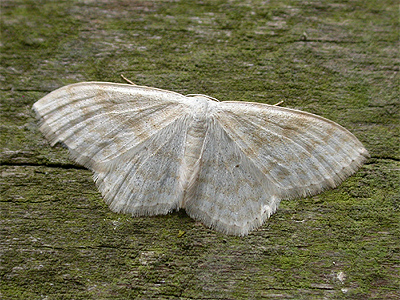

| Eakring Moths 2002 |
| A summary of the year |
| Much of the studies this
year were carried out during late March - July, where
collecting trips to both the area's woodlands allowed a
more general coverage of the area. This period of netting at dusk, continued to produce new species for the area. Some of the more colourful species found were Peach Blossom, Clouded Border and Light Emerald, all exciting finds in their first instances and all three quickly producing subsequent records. Several records of the migrant Diamond-back Moth were the highlight of the year. First recorded during the day on May 19th at Red Hill, when a single adult was netted, a surprising second record quickly followed in early June from Eakring Meadows. Later in the Summer, Red Hill provided a third area record when on August 11th, a count of 23+ was made along one single stretch of footpath, on Red Hill near Eakring village. |
 |
|
| .... | ||
| Diamond-back
Moth aside, the only other migrant to be found during
2002 was the Silver-Y, again common from late May,
throughout the Summer and then producing a very late
adult on November 12th. New Geometridae incuded Cream Wave, good numbers of Water Carpet and Shoulder Stripe, another species which proved to be relatively commonly caught/seen. Other new moths included good numbers of Lesser Broad-bordered Yellow Underwings near most roadsides (identified after one had finally been caught) larvae of The Mullein were found alongside The Beck at Eakring Flash and small numbers of The Chestnut and Tawny Marbled Minor were taken. There were single records of Cloaked Minor, Pale Prominent, Clouded Drab, Common Quaker and Pale Mottled Willow, all of which probably occur more commonly than netting records suggest. Winter Moths were found in good numbers during the latter months of the year, a species purposefully looked for on such late dates. Among the new 'micro' moths for the area were Adela deamurella, Tinea semifulvella, Phyllonorycter harrisella and tristrigella, Ash Bud Moth, Light Brown Apple Moth (from Eakring Meadows) and Bramble Shoot Moth. |
||